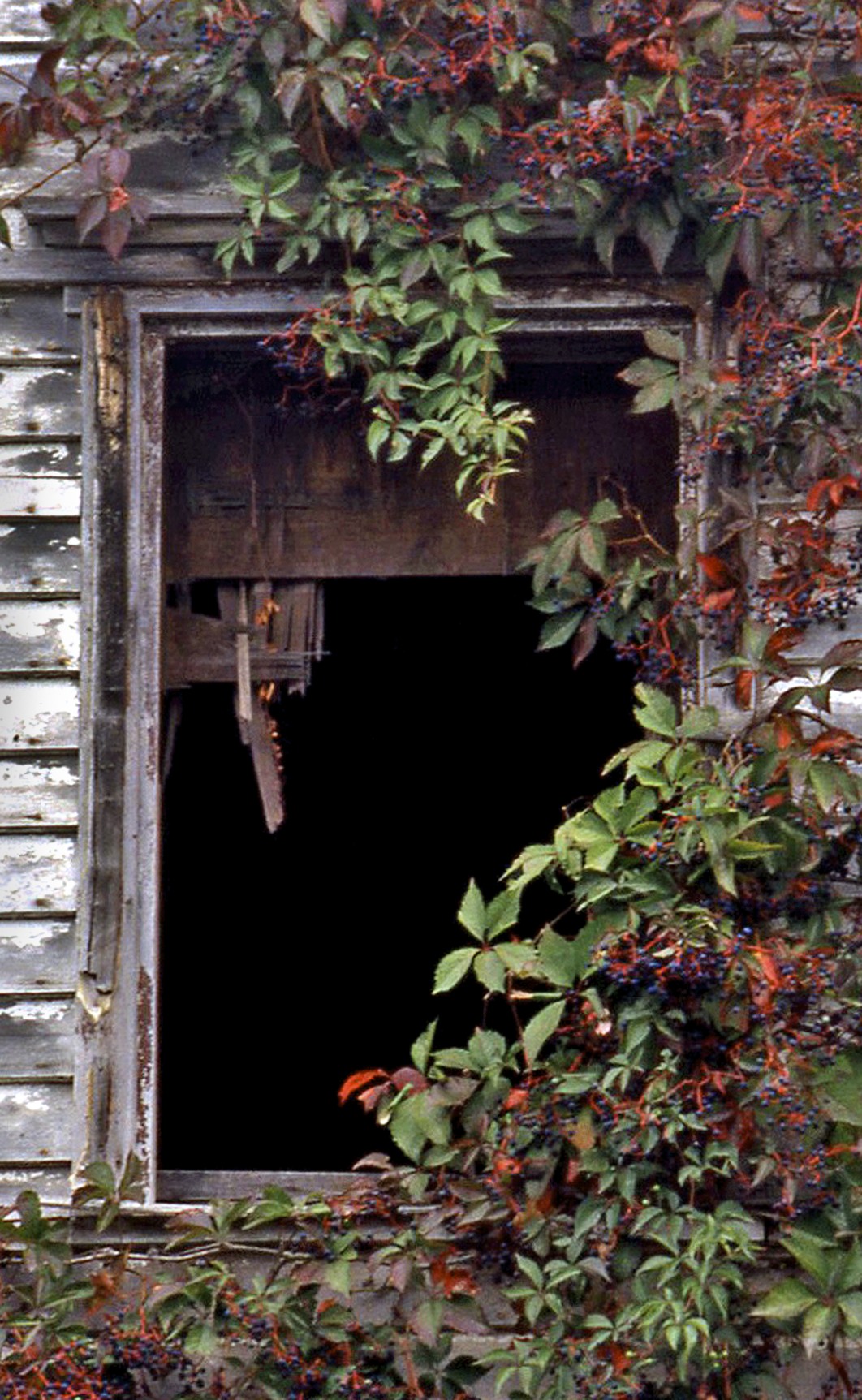
In many traditional (premodern) societies, intimate conversations (movement of Quad Three material to Quad One) readily occur in front of a slave or servant. The latter person is not even considered a part of the social system in which the disclosure takes place. Thus, in a paradoxical manner, the discloser may actually be reinforcing his power by being open “in front of” (but with minimal acknowledgement of) the powerless person.
Those aligned with the Continental school also want to know where the disclosure takes place. Does it occur in the bedroom, in the bathroom, or in the Board room? As I mentioned previously, Richard Sennett suggests in European society that the location of disclosure has shifted during the past three centuries from public to private (home) setting. In many premodern societies, a special room (parlor or drawing room) has been set aside for disclosure. There were also men’s clubs or spas (and, in some communities, women’s clubs or spas) where certain kinds of disclosure took place. A similar role was played during modern times by the “den” or “rec room” and, in public, by restrictive social clubs (Elks, Moose, Masons, Knights of Columbus, and so forth).
What about in postmodern societies? Is the virtual chat room the new setting for disclosure? Are we likely to find disclosure more often (and successfully) promoted in the life-style enclaves that I described in Chapter Two? Are men and women most open with one another when they are talking about their antique cars (and their personal lives) at a weekend auto show or about their children (and themselves) at the Saturday soccer game? The Continental school encourages us to focus on these settings. It asks us what the settings tell us about the nature of the disclosure that occurs and about the nature of the social constructions and narratives that attend these disclosures and specific settings.








